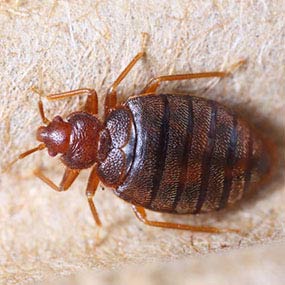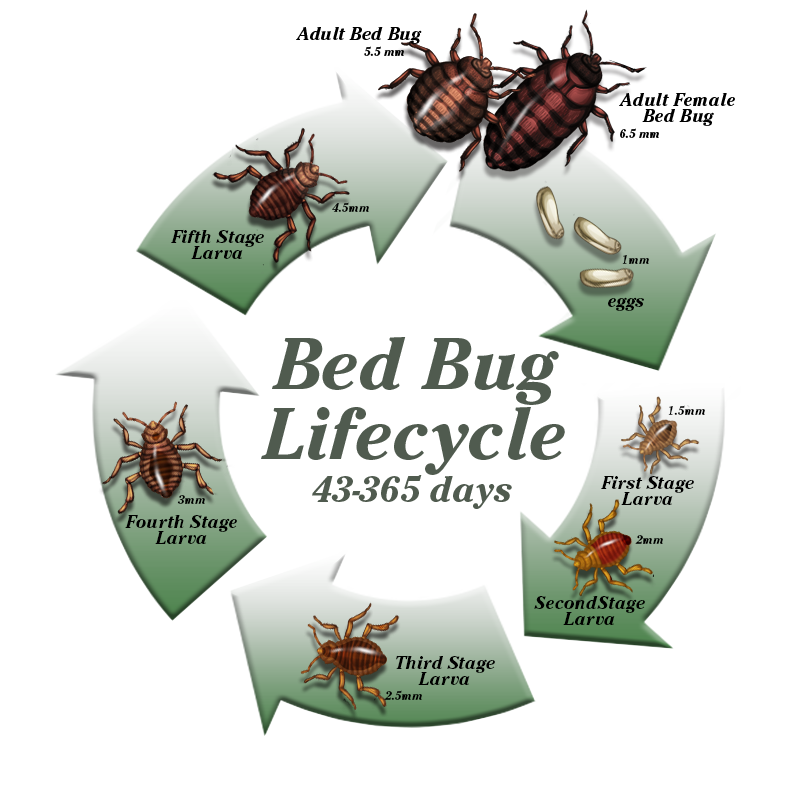Obtain Informed About the Sorts Of Pest Control Methods and Their Benefits for Homeowners
Comprehending the different bug control techniques readily available to homeowners is vital for reliable parasite monitoring. Property owners who are knowledgeable can make tactical options that not only address pest issues however additionally enhance the total quality of their living atmosphere.
Chemical Insect Control Approaches
Chemical parasite control methods are a critical part of integrated parasite monitoring strategies for home owners looking for efficient remedies to pest infestations. These methods entail the application of chemical materials developed to eliminate or deter insects that intimidate personal effects, health and wellness, and convenience. Common chemicals made use of consist of insecticides, rodenticides, herbicides, and fungicides, each tailored to target specific parasites.
The main benefit of chemical insect control is its rapid performance; numerous solutions supply immediate results, decreasing pest populaces significantly in a short time. In addition, developments in chemical formulas have caused items that are extra eco-friendly and have lower toxicity levels for non-target microorganisms when applied correctly.

Biological Pest Control Techniques
All-natural bug control methods have actually obtained prestige as house owners seek much safer and more lasting choices to standard chemical approaches. Organic insect control techniques use natural killers, bloodsuckers, or pathogens to handle insect populaces efficiently. This approach is not only eco pleasant yet additionally decreases the risk of harm to non-target species, including advantageous insects and wildlife.
One of the most usual organic control techniques entails introducing natural killers right into the environment. Ladybugs can be utilized to manage aphid populaces, while nematodes target soil-dwelling insects like grubs. In addition, parasitoids-- organisms that survive or within a host-- can be used to control particular pest species by laying eggs inside them, eventually leading to their death.
Another technique is using biopesticides, which are acquired from all-natural products such as germs, minerals, or plants (bed bug exterminator). These products can successfully target pests while posing minimal risk to pets and people. In general, organic insect control techniques give house owners with an efficient methods of pest management that straightens with ecological concepts, promoting a healthier living atmosphere while lowering dependence on artificial chemicals
Mechanical Bug Control Techniques
Mechanical insect control methods incorporate a selection of approaches that physically stop or eliminate parasites without the use of chemicals. These strategies are particularly helpful for property owners seeking eco-friendly choices while guaranteeing the security of their home.
One typical technique is making use of barriers, such as screens, webs, and catches, which prevent parasites see here from going into homes or details locations. Setting up window displays can successfully keep pests out, while using physical obstacles around yards can discourage larger bugs like deer or bunnies. Additionally, mechanical catches developed for rats can capture and eliminate these insects without the requirement for harmful compounds.
An additional efficient method entails the usage of vacuum cleaners and brooms to eliminate insects straight from surface areas. Regular cleansing and upkeep can dramatically minimize pest populaces by getting rid of food resources and hiding spots. Using tools like ultrasonic bug repellents can deter different insects with sound waves that are unpleasant to them but inaudible to people.
Social Pest Control Practices
Social parasite control methods concentrate on customizing the environment and monitoring strategies to create problems that are much less for pest problems. These methods are basic in maintaining a balanced ecosystem and minimizing the reliance on chemical treatments. By changing farming practices, house owners can effectively prevent insects while promoting plant wellness.
One common approach consists of crop turning, which disrupts the life cycles of insects by transforming the kinds of plants grown in a particular location (bed bug exterminator). This not just minimizes pest populations yet also enhances soil health and wellness. Furthermore, intercropping-- planting varied crops in proximity-- can confuse parasites and decrease their capacity to find their favored host plants
Water management is one more crucial aspect of cultural methods. Correct irrigation methods can prevent standing water, which serves as a breeding place for mosquitoes and other insects. Furthermore, preserving tidiness in and around the home, such as on a regular basis removing debris and food waste, can considerably decrease bug attraction.
Including these social methods right into a detailed bug management approach permits property owners to produce an environment that normally hinders parasites, thereby boosting the performance of various other control methods while advertising sustainable horticulture and landscape design.

Integrated Bug Monitoring Approaches
Integrated Bug Monitoring (IPM) represents a holistic strategy that combines various techniques to efficiently take care of parasite populations while reducing ecological effect. This method integrates organic, social, physical, and chemical practices to accomplish sustainable pest control. By assessing pest populations and their all-natural opponents, IPM emphasizes tracking and determining pests before applying control steps.
Among the core her latest blog concepts of IPM is the usage of thresholds, which establish the degree of parasite activity that calls for intervention. This ensures that therapies are applied only when required, lowering the dependence on chemical pesticides. Biological control approaches, such as introducing natural predators or bloodsuckers, work in conjunction with social techniques like plant turning and environment manipulation to interfere with pest life process.
Furthermore, IPM motivates using least-toxic chemical options when treatment is required, focusing on items that present marginal risk to non-target organisms and the important source atmosphere. For home owners, embracing IPM comes close to not only boosts the efficiency of insect monitoring yet also advertises a much healthier living setting, promoting biodiversity and lowering chemical exposure. Inevitably, IPM equips homeowners to make enlightened decisions that balance pest control with eco-friendly duty.
Final Thought
In verdict, comprehending the various insect control approaches empowers house owners to make enlightened decisions regarding pest administration. Each method-- chemical, biological, mechanical, cultural, and incorporated pest administration-- provides distinctive benefits that provide to various requirements and preferences.
Understanding the different bug control methods readily available to home owners is vital for reliable parasite management.Chemical bug control techniques are a vital element of integrated parasite monitoring methods for homeowners seeking effective solutions to pest problems. On the whole, organic insect control strategies offer property owners with an efficient ways of insect monitoring that straightens with ecological principles, advertising a much healthier living environment while lowering reliance on synthetic chemicals.
Cultural pest control methods focus on modifying the setting and administration methods to produce conditions that are less favorable to pest infestations.In conclusion, recognizing the different parasite control techniques encourages property owners to make educated choices relating to pest management.